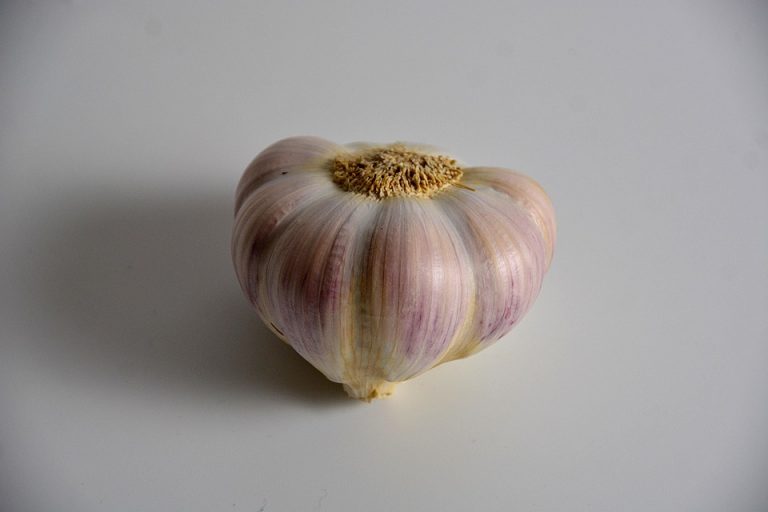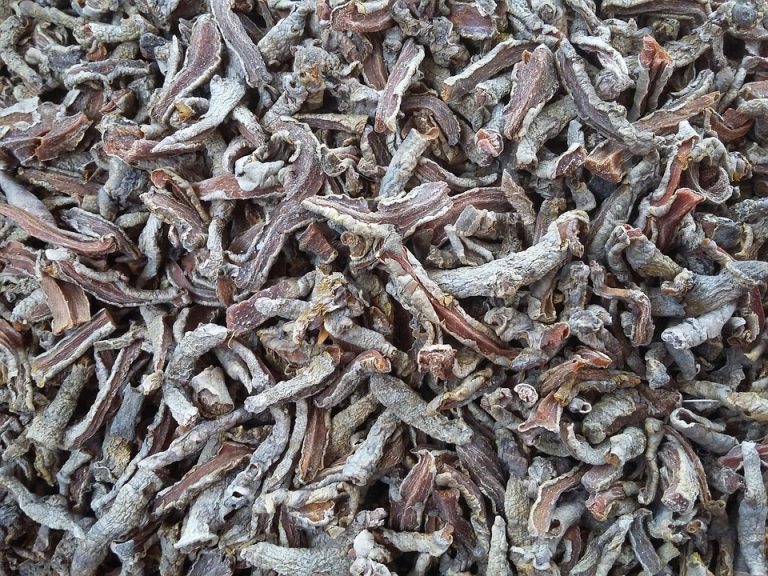Plants That Help Bones are a simple, herbal way to give your skeleton the nutrients it craves. These are plants rich in minerals, silica, calcium, and supportive phytochemicals that help your body build density and resilience. If you’ve felt the quiet worry of thinning bones or want to prevent future fragility, this honest guide will show you seven powerhouse herbs—led by horsetail and nettle—that actually do something for your bone health.
Contents
Why Herbs Matter For Bone Health
Herbs aren’t magic, but they are concentrated packets of nutrients your bones use every day. Modern diets can be low in the raw minerals your body needs, and pharmaceuticals don’t always address nutritional gaps. When you add the right herbs, you give your body building blocks: silica for collagen structure, calcium for mineral density, and anti-inflammatory compounds that keep breakdown in check.
You want plants that help bones to be bioavailable—meaning your body can actually absorb and use what they deliver. That’s why I focus on specific herbs with both traditional use and scientific backing. When you choose carefully, herbs become allies, not just supplements.
How To Use These Herbs Safely
Herbal wisdom is practical. You can drink teas, take extracts, add powders to smoothies, or use tinctures. Always check interactions if you take blood thinners, hormone therapies, or have special medical conditions. Trust reputable brands and certified herbalists, and talk to your healthcare provider before making herbs part of a long-term plan.
If you like specifics: steep 1–2 teaspoons of dried herb per cup for tea, or follow label dosages for standardized extracts. Cycle herbs for balance—use them for a few months, then rotate, unless a practitioner advises otherwise.
Seven Herbs That Build Stronger Bones
Below are seven plants that help bones, starting with the heavy hitters—horsetail and nettle—and then covering supportive allies you’ll want in your herbal cabinet.
1. Horsetail (Equisetum arvense)
Horsetail is the silica champion. Silica strengthens the collagen matrix in bone, helping bone to be both flexible and strong. Studies show horsetail supplies plant-based silica that supports connective tissue and may help bone repair.
Use it as a tea or a standardized extract. Horsetail is powerful, so avoid long-term, high-dose use without practitioner guidance. If you have kidney issues, check with your doctor, because horsetail’s diuretic tendencies can alter electrolyte balance.
2. Stinging Nettle (Urtica dioica)
Nettle reads like a multivitamin. It’s rich in calcium, magnesium, iron, and trace minerals. It’s also anti-inflammatory and commonly recommended by herbalists for bone support. Nettle leaf tea is mild, grassy, and easy to drink daily.
Women in particular benefit because nettle’s nutrient profile supports bone remodeling. If you take blood thinners, consult your clinician—nettles can affect clotting in some cases.
3. Red Clover (Trifolium pratense)
Red clover brings isoflavones—plant compounds that act like gentle estrogens. For postmenopausal women, isoflavones can help slow bone loss. Research, including clinical trials, has found red clover extracts can support bone density when used thoughtfully.
If you have estrogen-sensitive conditions, check with your physician. But used appropriately, red clover is a friend to bone, especially when paired with calcium-rich herbs like nettle.
4. Alfalfa (Medicago sativa)
Alfalfa is an old-time healer and a superb source of vitamins K and C, calcium, magnesium, and potassium. It supports bone mineralization and helps the body use calcium efficiently. You’ll find alfalfa in capsules, powders, and as sprouts in your salads.
Alfalfa can interact with blood-thinning medications because of its vitamin K content, so medical guidance is wise if you’re on anticoagulants.
5. Oatstraw (Avena sativa)
Don’t underestimate oatstraw. It’s calming for the nervous system and rich in silica, calcium, and B vitamins. Oatstraw helps the body lay down bone by supporting connective tissue health and reducing stress—a major silent factor in bone loss.
Drink oatstraw tea regularly to gain both mineral support and a sense of calm that helps your hormones stay balanced, which in turn protects bone.
6. Dandelion (Taraxacum officinale)
Dandelion is more than a weed. Its leaves contain calcium and potassium, and its root supports digestion and liver function. Healthy digestion means better nutrient absorption—exactly what your bones need.
Add dandelion greens to salads or drink dandelion tea. If you’re on diuretics or have gallbladder issues, consult your healthcare provider before using dandelion therapeutically.
7. Kelp And Seaweeds
Seaweeds like kelp are mineral-dense. They deliver iodine, calcium, magnesium, and trace elements that feed bone metabolism. Because they pull minerals from the ocean, they can correct subtle deficiencies that land-grown herbs might miss.
Use seaweed sparingly if you have thyroid issues; the iodine content is powerful. Small amounts in soups or as supplements can be enough to make a difference for bone mineral status.
How These Herbs Work Together
Think of your bone system as a construction site. Horsetail supplies the scaffolding material (silica). Nettle and alfalfa load the trucks with calcium and magnesium. Red clover hands the hormonal manager a steadying plan. Oatstraw calms the foremen, dandelion ensures the supply chain of nutrients, and kelp fills the trace-element gaps.
Used together, you address structure, supply, and regulation. That’s why many herbalists recommend formulas that combine silica-rich herbs with calcium-and-mineral herbs and a supportive isoflavone or adaptogen.
Practical Tips For Using These Herbs
- Start slow. Introduce one herb at a time so you can notice any reaction.
- Make a daily ritual. A cup of horsetail tea in the morning and nettle in the afternoon is a simple routine.
- Pair with bone-friendly foods. Vitamin D, weight-bearing exercise, and adequate protein are essential partners.
- Choose quality. Look for third-party testing and organic sources when possible.
- Rotate herbs. Use combinations for two to three months, then switch to prevent tolerance and keep the benefits fresh.
What The Research Says
You want evidence, not promises. Clinical work and laboratory studies back many of these herbs. Research on silica and horsetail points to improved connective tissue support. Clinical trials of isoflavone-containing herbs like red clover show modest benefits for bone density in postmenopausal women. Reviews on nettle highlight its nutrient density and anti-inflammatory properties relevant to bone health.
If you prefer to read original studies, look to reputable sources such as university research centers and national health libraries for balanced summaries and clinical findings.
Who Should Be Cautious
Herbs are potent. Pregnant or nursing women should avoid certain herbs or use them only under supervision. If you have kidney disease, liver conditions, thyroid disorders, or take prescription medications—especially blood thinners or hormone therapies—talk to your medical provider before you start any herbal regimen.
Also, if you have a history of osteoporosis or fractures, herbs are complementary—not a replacement—for bone-density strategies your clinician recommends.
Putting This Into A Plan
You don’t need a complicated regimen to get results. Here’s a simple plan that mixes practicality with potency:
- Morning: Horsetail tea or extract for silica.
- Midday: Nettle tea or powdered nettle in smoothies for minerals.
- Evening: Red clover or oatstraw tea to support hormonal balance and relaxation.
- Weekly: Add kelp flakes to soups or salads two to three times a week.
- Daily: Walk, strength-train, and get safe sun exposure or a vitamin D supplement.
Keep a log for eight to twelve weeks. You’ll notice energy, digestion, and sometimes changes in joint comfort long before bone density tests show improvements. Herbs move at a human pace—steady and cumulative.
How To Choose Quality Supplements
- Look for standardized extracts when you need consistent active compounds.
- Buy organic when possible to avoid pesticides and contaminants.
- Check for third-party testing or certifications.
- Prefer full-plant extracts over single isolated compounds unless you know why you need a single molecule.
- Read labels: no proprietary blends that hide amounts.
When in doubt, a trained herbalist or integrative physician will help you build a plan that works with your medical history and lifestyle.
Bottom Line
Herbs are practical, potent allies. If you want plants that help bones, start with horsetail and nettle, and add supporting herbs—red clover, alfalfa, oatstraw, dandelion, and kelp—to build a balanced, mineral-rich approach. Use quality sources, work with your healthcare provider, and pair herbs with exercise, vitamin D, and good nutrition. Over time, these plants help your bones stay strong, flexible, and ready for life.
Be gentle with yourself as you change habits. Small, steady moves add up. You can fortify your skeleton—herbal allies make it possible, and you don’t have to do it alone.
— — —
FAQ
Can herbs replace calcium and vitamin D supplements?
Herbs can supplement mineral intake, but they rarely replace the need for calcium and vitamin D if you’re deficient. Herbs work best as part of a broad strategy that includes diet, sun exposure, and exercise.
How long before I see effects?
Expect subtle changes in weeks and more measurable bone benefits in months. Bone density tests typically require six to twelve months to show meaningful change, but energy, joint comfort, and digestion often improve sooner.
Are there side effects?
Yes—herbs can interact with medications and affect conditions like thyroid or clotting disorders. Start slowly and consult your healthcare provider if you’re on prescription drugs or have chronic illness.
Can men use these herbs?
Absolutely. Bone health is not gender-exclusive. Men benefit from mineral-rich herbs like nettle and horsetail, as well as seaweeds for trace minerals.
Where should I buy herbs?
Choose reputable brands with transparent sourcing, third-party testing, and clear labeling. Local herbalists and established natural-health stores are good starting points.
— — —
Visual lien and paragraph.
References
- National Institutes of Health provides a comprehensive overview of horsetail and its silica content and safety considerations (http://ods.od.nih.gov/factsheets/Horsetail-HealthProfessional/).
- PubMed hosts clinical research on red clover isoflavones and bone density that examines effects in postmenopausal women (https://pubmed.ncbi.nlm.nih.gov/).
- Harvard T.H. Chan School of Public Health discusses dietary minerals and bone health, including the roles of calcium and trace minerals (https://www.hsph.harvard.edu/nutritionsource/).








